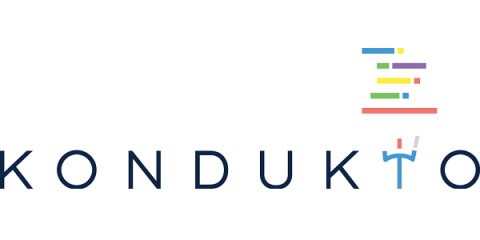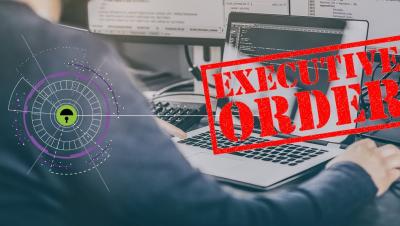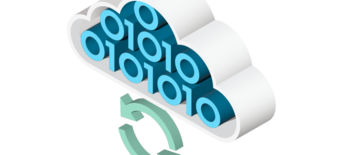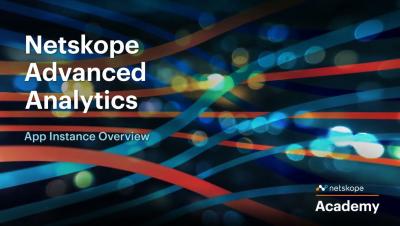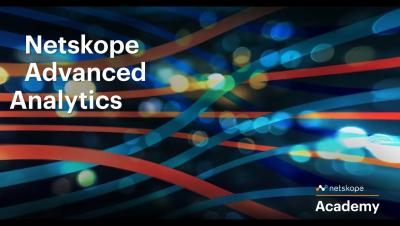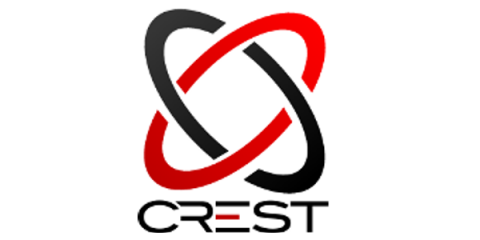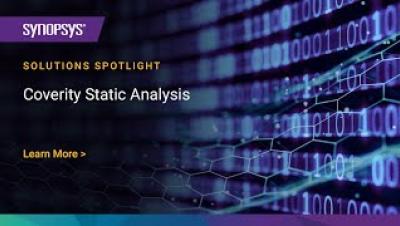Security | Threat Detection | Cyberattacks | DevSecOps | Compliance
August 2022
Dockerfile Security Best Practices with Semgrep
The world of software development moves fast, and it's constantly evolving. Containerization technologies, especially Docker, are among today's most preferred virtualization technologies. Although Docker containers are "sufficiently" secure by default, configuration errors in a Dockerfile might lead to critical security risks or degraded system performance.
AppSec Decoded: The NIST guidance on supply chain risk management | Synopsys
Financial Services Organizations Have Fewer Security Flaws in Applications
According to our most recent State of Software Security Report, the financial services industry has fewer security flaws in its applications than last year. Great news, right? That said, the reduction in security flaws isn’t as significant as we would hope to see. The financial services industry has traditionally been recognized for having the least amount of security flaws.
The Evolution of Application Security in a Cloud-Native World: Q&A with Chris Wysopal
As technology explodes, so do the threats. Point solutions emerge as security players innovate in order to keep up. This creates the need for consolidation, as the fragmented solutions become too much to manage. We’re entering a consolidation phase now, the process of distilling, refining, and letting the cream rise to the top. We sat down with cybersecurity veteran and vigilante, Chris Wysopal, to get his perspective on emerging trends in cloud-native security.
What Is Application Security? Trends, Challenges & Benefits
Application security is integral to software development, and the majority of organizations now have dedicated AppSec programs. In the past five years, there has been a marked cultural shift, with application security becoming a strategic initiative that spans departments rather than an activity, like periodic scanning, code reviews, or testing or a transactional event related to a security assessment.
How to Assess Your Organization's Application Security
Application security assessments are more critical than ever before. Digital transformation is required to meet the expectations of customers in many industries, meaning that companies are looking for software products to help them modernize their operations and meet those demands. However, choosing a piece of software is an expression of trust: by bringing your software into their network, customers are looking to accomplish their goals without letting attackers in.
Veracode Community | Jason Olkowski.
App Instance Dashboard Overview
Pivots
CREST launches OWASP Verification Standard (OVS) Program
Top trends in Application Security in 2022
The rising number of cyber attacks against software applications has emphasized how security must serve as an important factor in software development. More than the traditional Software Development Lifecycle (SDLC) procedures, now security-integrated development lifecycles are being widely adapted. These aren’t the typical security assessments that are performed at the very end of development of the application, but embedded throughout the lifecycle.
AppSec Decoded: An introduction to the Synopsys Cybersecurity Research Center | Synopsys
SAST vs DAST: Explore different types, and examples and make the right choice.
To keep up with the ever-evolving cyber threat landscape, application security is a big challenge. Unfortunately, security is often overlooked in the modern software development and delivery framework and assumed as a luxury. Rather than taking a proactive approach, security is incorporated as a reactive approach that increases costs and makes the company suffer losses.
Netacea recognized as a Sample Vendor in Gartner Hype Cycle for Application Security 2022
Netacea is once again recognized under the Bot Management category, a maturing market in 2022.



